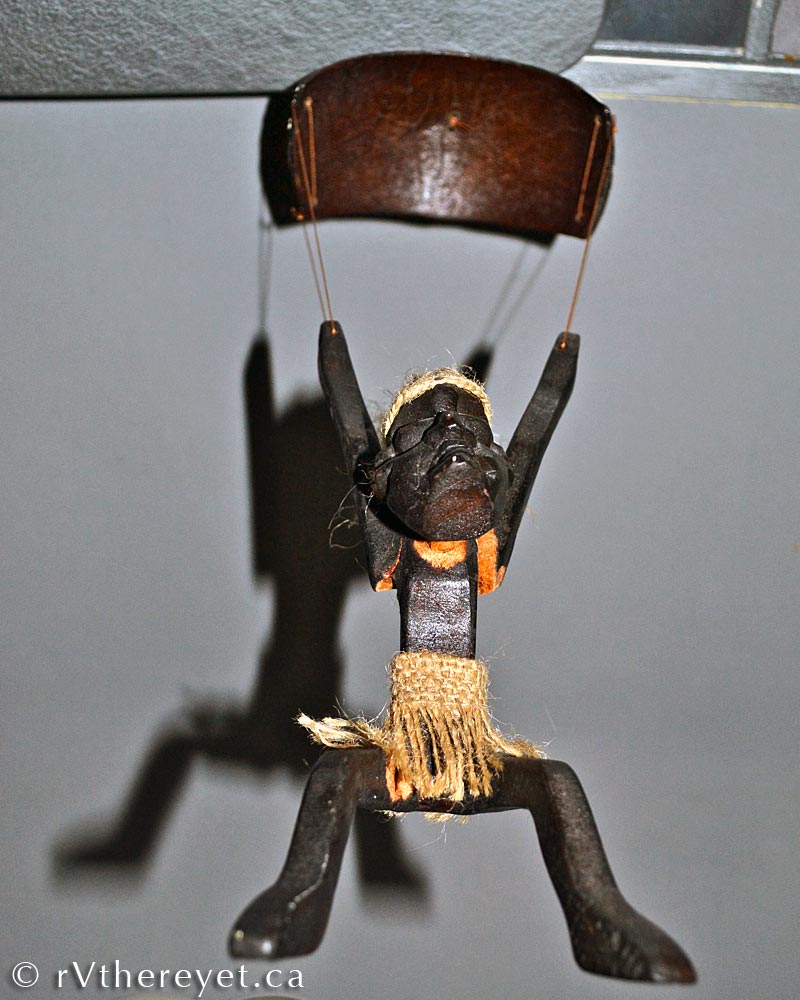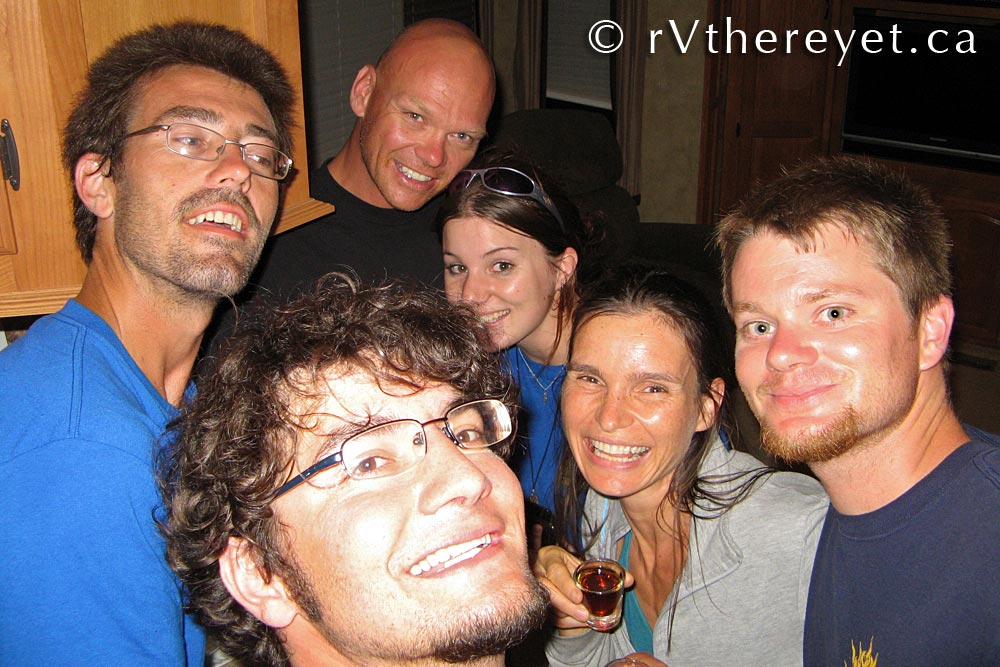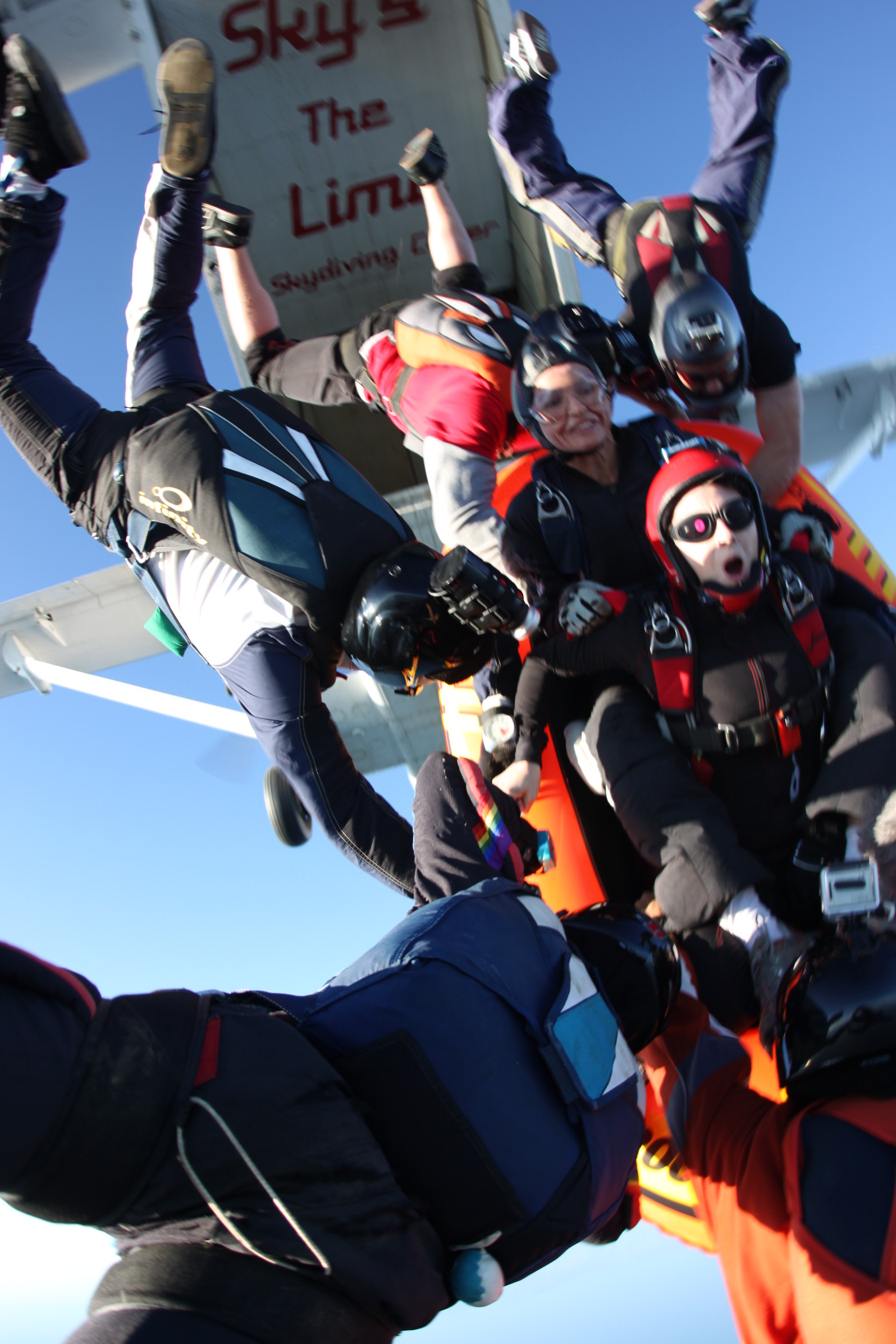Close Encounters of the Canopy Kind
 In the last month, there have been 2 separate incidents of where a couple of very experienced skydivers (in these incidents, Professional Instructors who have been in the sport for double digit years) collided under canopy as they approached the landing area. The tragic result: three fatalities plus a skydiver who remains in serious condition. The harsh reality of our sport … high speed dangers lurk at every corner and crevice, regardless of one’s skill or experience level. I personally feel that my skydive isn’t over until I’m safely tucked away packing my parachute. Remaining alert and vigilant through all aspects of a skydive is paramount to ones survival, and even then, there is no guarantee.
In the last month, there have been 2 separate incidents of where a couple of very experienced skydivers (in these incidents, Professional Instructors who have been in the sport for double digit years) collided under canopy as they approached the landing area. The tragic result: three fatalities plus a skydiver who remains in serious condition. The harsh reality of our sport … high speed dangers lurk at every corner and crevice, regardless of one’s skill or experience level. I personally feel that my skydive isn’t over until I’m safely tucked away packing my parachute. Remaining alert and vigilant through all aspects of a skydive is paramount to ones survival, and even then, there is no guarantee.
Today was a good example of such a scenario. I was jumping with 5 other skydiving friends, dabbling in a bit of 6 way RW (relative work / belly flying). The jump was fun and we successfully flowed through our planned skydive. At 4,000 feet, our group broke off in a track (aka propelling my body in a high speed fashion to an area of clean airspace, away from my fellow jumpers — for those not familiar with the terminology). After about 3 seconds, I noticed another jumper tracking about 300 feet to my left. A little too close for my comfort so I kept one eye on him, as I initiated my canopy deployment procedures. I wanted to keep him in my sight at all times in case I had to avoid him in a sudden traffic conflict. As I looked up at my opening billowing Spectre 135, I caught sight of another jumper a mere 30 feet to my left (not the man whom I had had my watchful eye on to my right) radically steering himself away from me as we quickly closed distance upon each other with opening canopies. Egads, my heart almost stopped as I jumped on my risers in an attempt to avoid a canopy collision at 2500 feet. Thirty feet can be closed within half a second under fast flying canopies coming at each other. That’s not a whole lot of time to react. Thankfully, the other canopy pilot was flying at a non-converging angle whilst my canopy was opening. Not a whole lot of control with a partially inflated canopy, on my part. And thankfully, my canopy deployed on heading instead of in a turn (which it does 30% of the time). That could have changed the whole ballgame. My senses were on high alert and rattled after this close call. I reran the whole scenario in my head a multitude of times under canopy as I sought clear airspace for a safe landing. I literally kissed the ground when I touched down, shaken and stirred like a bad martini on a Saturday night. What lessons could I walk with from our in-air experience? For me, I came away with the awareness that one can’t be too complacent in one’s focus, especially at deployment altitude. Having eyes scanning in all directions is necessary before safely opening my canopy. I was fixated on another person without an acute awareness of the others on the skydive. My close-call companion was above my level when I opened. In looking for an alternative solution to this, thoughts of doing a barrel roll before deployment, so that I could see in all directions, seemed like a viable option. But as one friend pointed out, if I was not on a perfectly straight heading when attempting a barrel roll, I could be turning right into the person whom I had had in sight. That could potentially create another bad scenario. It seems that having eyes at the back of my head would be a considerable advantage in this sport! Alas, for right now, keeping my head constantly moving, on the lookout for traffic is the best thing for me in hoping to keep alive in this sport. I am totally responsible for my skydive. And how I act / react to stimulus and scenarios will ultimately change the outcome of my skydive.
It’s good to have ones world turned upside down and shaken a bit when the path gets comfortable and easy, especially when it pertains to skydiving. I find myself learning best from the mistakes I make or when the encounters I experience have a steep learning curve. Luckily I was able to walk away without a scratch and only heart palpitations this time. Too many people are getting killed lately under a perfectly good flying canopy. Whether close to the ground or up high, a canopy is a fast-moving vehicle that can do considerable damage at 25 mph. Time to wake up and keep our heads on a swivel, more-so now than ever before.
P.S. I would like to extend Brian Germain kudos here. His canopy flight course is a great educational resource, providing a monumental brush-up of skills for skydivers that want to improve their safety margin whilst also elevating their canopy piloting skills to the next level. Brian has authored some amazing skydiving books, including: The Parachute and its Pilot, Transcending Fear, Vertical Journey and Greenlight Your Life.
As quoted by Brian Germain: “Joy is thrust, fear is drag, ego is weight, and knowledge is lift. Maximize lift and thrust, and you will go far.”



Thank you for sharing your lesson, Sky.
That is a good lesson. Be aware of who is on both sides of you. But DO NOT start doing barrel rolls at deployment time. Unless you are perfectly on heading you could be turning right into one of those guys you had in sight on your sides. Then lots of other bad things can happen. You don't need to barrel roll to clear your airspace.